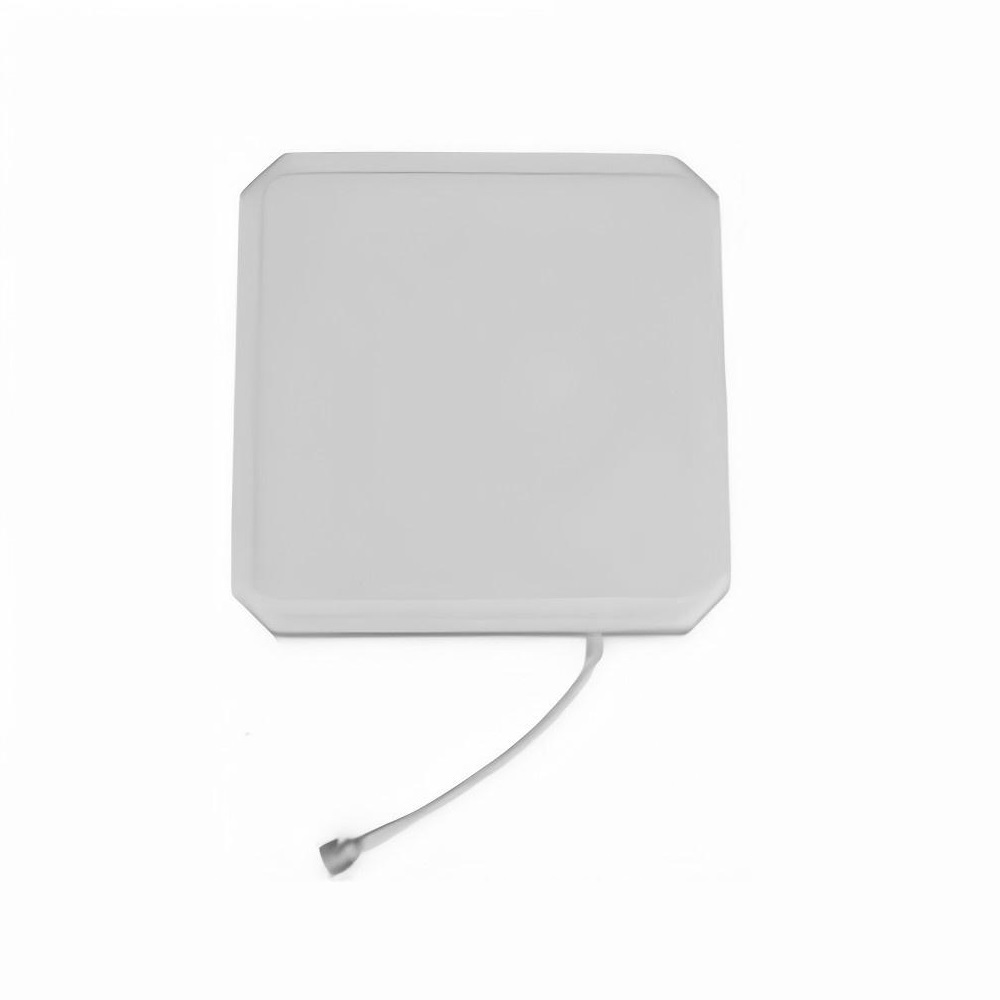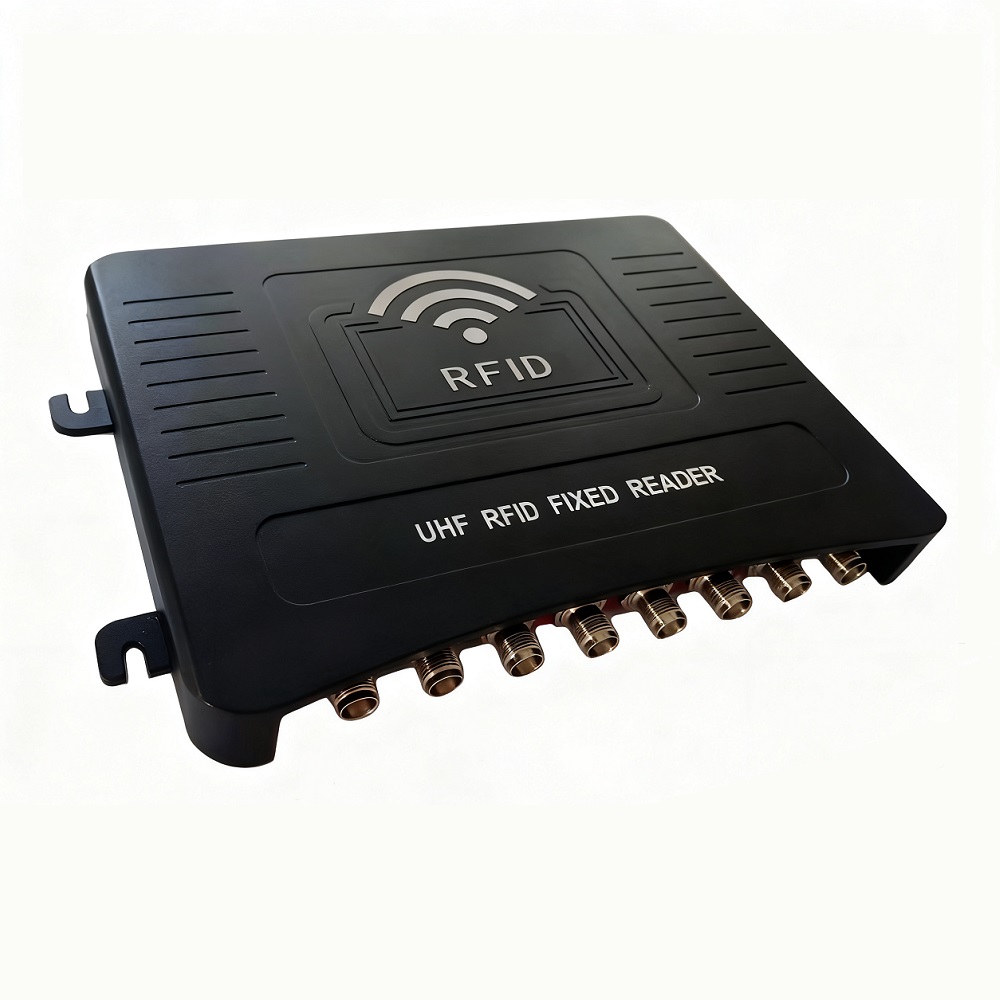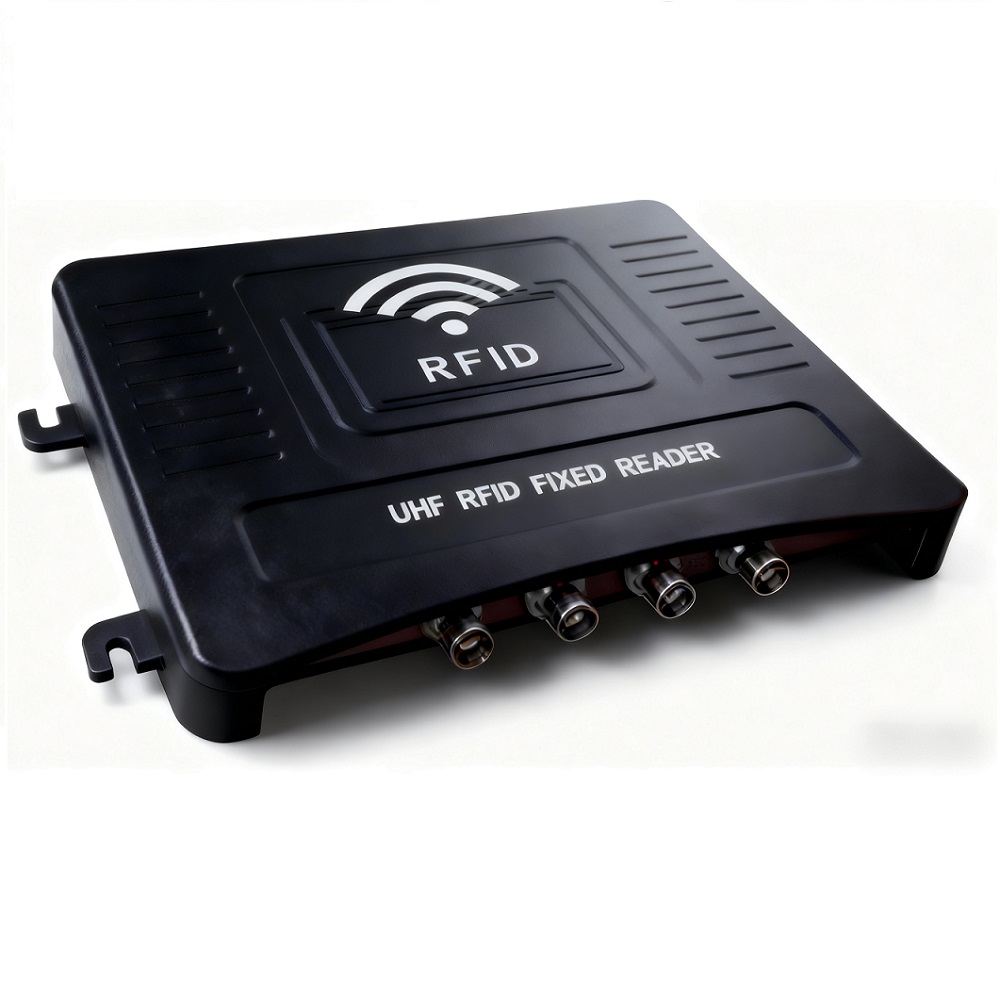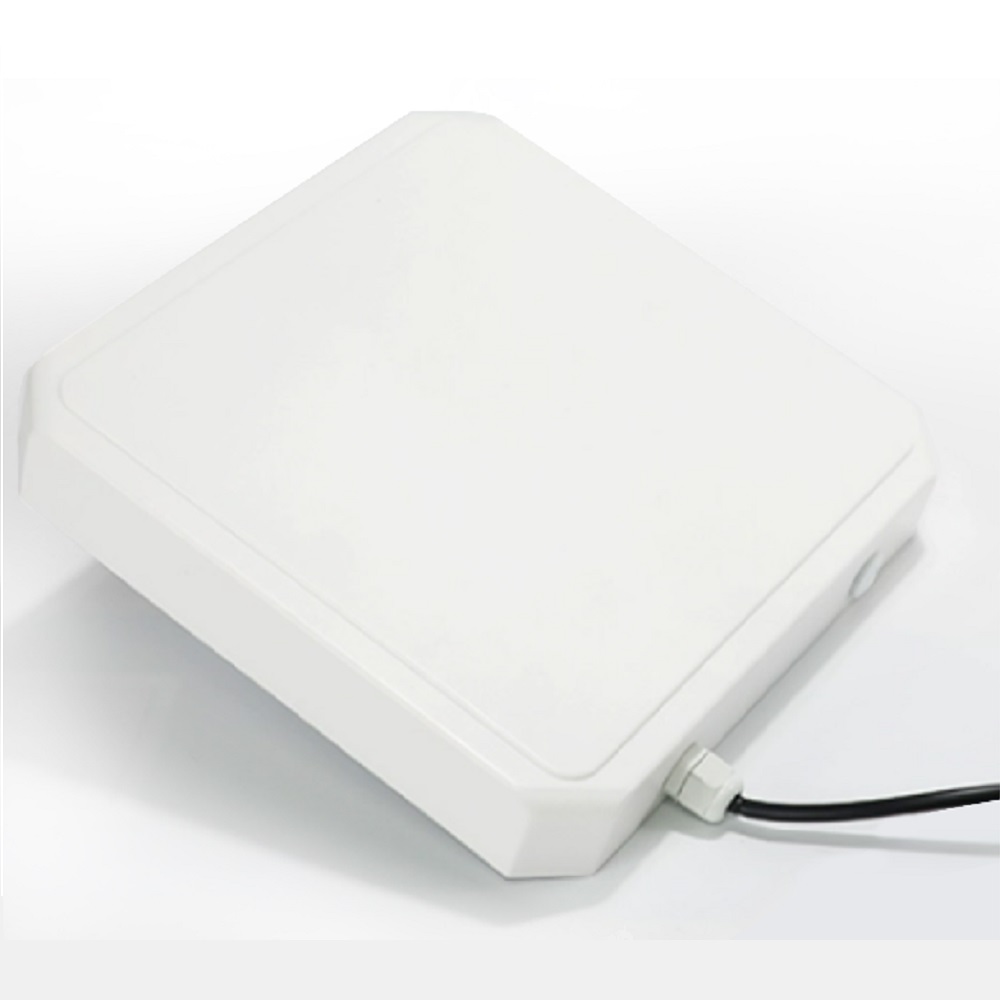Achieve one-stop automated meter reading, eliminating manual recording processes for efficient, accurate, and secure operations. Digitize, standardize, and smarten substation equipment inspections to minimize missed or incorrect checks while boosting inspection efficiency and quality. Utilize intelligent recognition technology for paperless mobile asset inventory, cutting costs and enhancing operational productivity.
I. Electricity meter reading
In traditional meter reading operations, staff manually identify meter data and record it on paper before transferring it to computer systems. This process is cumbersome, labor-intensive, and inefficient. The manual identification of meter data carries risks of errors and is prone to tampering, resulting in high error rates. Additionally, some meters are installed at elevated or hard-to-read positions, complicating the reading process. The recorded data must be returned to office locations for manual entry into computer systems, making timely uploads and reporting impossible.
The smart meter reading solution leverages mobile network technology and infrared communication to integrate meter reading operations into portable power PDAs. This intelligent system comprises three core components: a data service center, a meter management system, and power PDA devices. By integrating all necessary functional modules into the power tablet, it enables automated electricity data collection through wireless communication for real-time transmission. This achieves automated meter reading processes and real-time management, ultimately enabling seamless integration between field metering data and backend production management system information.
The electric meter reader enables one-click automated operations including data collection, upload, and real-time management. Equipped with infrared communication technology, this handheld device allows users to simply scan the meter for instant, accurate electricity data retrieval. Its long-range functionality ensures safer meter reading processes. Integrated GPS positioning enables real-time location tracking to backend systems, allowing staff trajectories to be monitored in real time. By transmitting power data wirelessly to the management system, this device eliminates manual data entry, significantly improving operational efficiency.
II. Substation inspection
The current equipment inspection practices involve maintenance personnel manually recording device information using paper documents. This manual approach suffers from multiple drawbacks: excessive workload, high error rates, and low efficiency. Some inspection tasks require staff to climb or ascend heights, posing safety risks. Additionally, there are instances of incomplete inspections or unauthorized data entries by personnel. Managers also struggle to obtain timely equipment data and formulate maintenance plans, resulting in prolonged repair cycles.
The substation inspection solution integrates barcode, RFID, infrared scanning, and GPS positioning into power maintenance operations, enabling intelligent inspection and management. The system consists of three core components: a data service center, an inspection management system, and handheld terminals. By assigning unique identification codes to electrical equipment using barcodes or RFID tags, operators can scan these labels with handheld devices to locate, identify, and collect device information. Through wireless communication technology, real-time data transmission ensures instant reporting of equipment status updates.
The handheld power device enables efficient positioning, navigation, data reading/writing, and wireless transmission for substation equipment and personnel. The PDA delivers intelligent substation inspection with precision and efficiency, significantly improving both the quality and speed of maintenance work. GPS positioning allows real-time tracking of equipment and staff, enhancing management effectiveness. Equipped with HD cameras, the device captures clear images for comprehensive inspections. Real-time wireless connectivity ensures instant synchronization of inspection data to the backend system, making operations both efficient and user-friendly.
III. ASSET MANAGEMENT
Traditional manual inventory methods often result in omissions, errors, and inefficiency. Given the extensive geographical distribution of power assets, their complex classification structure, and frequent upgrades and renovations, manual inventory has become increasingly impractical for modern high-quality management needs. This outdated approach prevents departments from promptly grasping asset changes, leading to resource waste and other issues. Moreover, staff must manually record information using paper documents before transferring it to computers—a cumbersome process prone to errors.
The asset management solution utilizes barcodes or RFID tags to identify power equipment. By integrating barcode scanning and RFID technologies into handheld terminals, it enables efficient data collection and storage of asset information. Inventory personnel can now conduct comprehensive asset audits anywhere using a PDA device. Managers can easily monitor stock shortages and surpluses through networked systems, allowing them to promptly formulate allocation plans. This innovative approach effectively resolves pain points in power asset inventory management, streamlining optimal resource distribution and boosting operational efficiency.
Through PDA devices for intelligent asset inventory, real-time data transmission via wireless networks makes inventory work more efficient and convenient. Inventory personnel only need to carry PDA devices integrated with barcode or RFID functions to scan power assets, enabling quick and accurate acquisition of asset information. The PDA also integrates infrared communication capabilities for remote identification and collection of asset data. GPS functionality not only locates and navigates equipment but automatically generates staff movement trajectories to ensure compliance with designated inspection sites. Real-time inventory data transmission through wireless networks allows managers to access asset inventory information via backend management systems.
1. Safety supervision and law enforcement:
The three elements of mobile explosion-proof terminal, wireless network and business system are organically combined to realize mobile real-time office for safety supervision. While improving work efficiency, it increases the scientificity and accuracy of inspection work, and solves the problems of untimely information acquisition and unreliable basis for field personnel in previous safety supervision and law enforcement departments.
2. Equipment inspection:
Through the mobile explosion-proof terminal, bar code, RFID, infrared scanning and GPS positioning are introduced into the inspection work, so that equipment maintenance and repair, plant safety inspection, pipeline maintenance and inspection become accurate and efficient, greatly improving the efficiency and quality of inspection.
3. Material management:
Through the scanning code, RFID and other functions of the mobile explosion-proof terminal, the information of the material bar code or label can be collected and stored. Through the network, it is easy to obtain the shortage and surplus of assets, easily realize the optimal allocation of assets, and improve management efficiency.
4. Production scheduling and personnel management:
Through the information collection, storage and transmission of mobile explosion-proof terminal, we can grasp the current production progress, material batch, personnel working conditions and other information in time, realize the source traceability and whereabouts of the production process, ensure the production quality, and facilitate personnel management.
5. Data collection of electricity, water and gas meters:
Through the application of infrared communication technology, the meter reading business is integrated into the mobile explosion-proof terminal. By pointing at the electricity meter, the power data can be obtained quickly, which is efficient and accurate, realizing the automatic collection and real-time management of meter reading work, and finally realizing the seamless integration of terminal meter reading data and background data of production management system.








